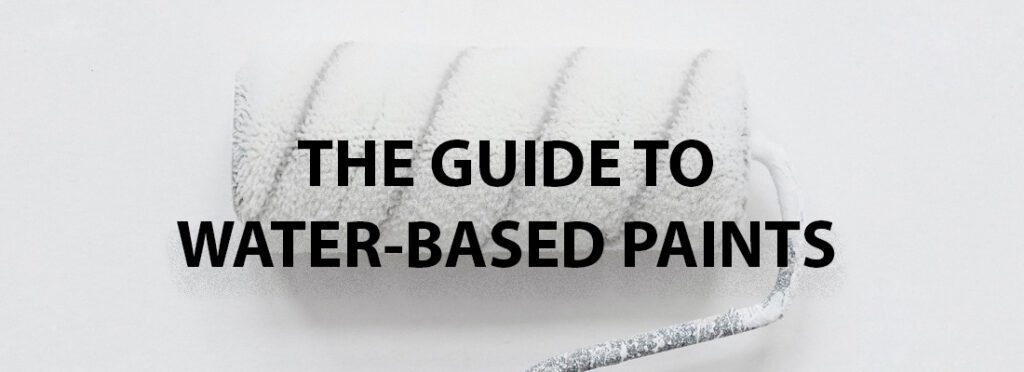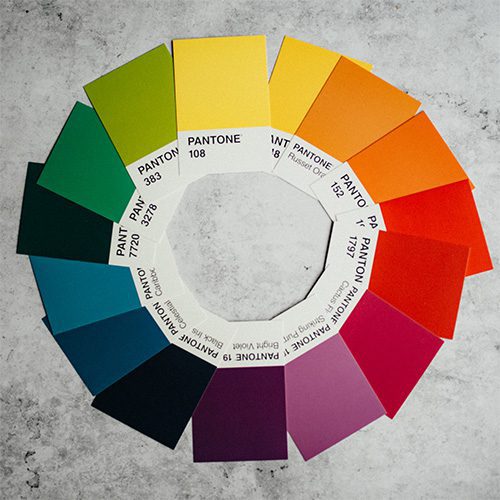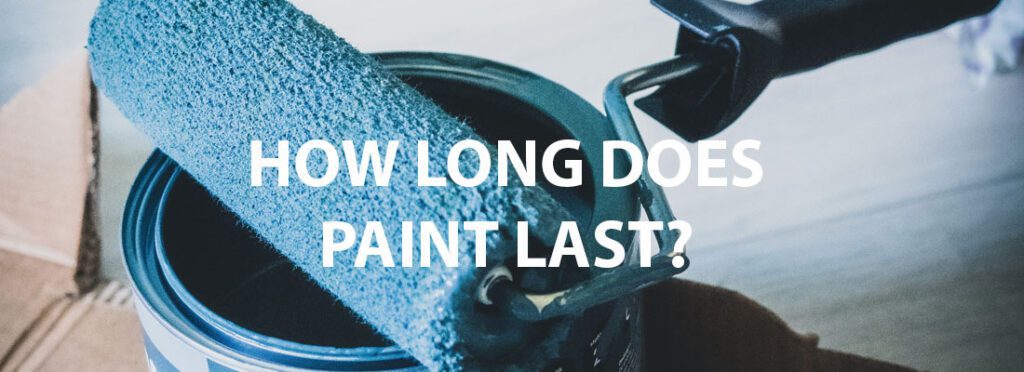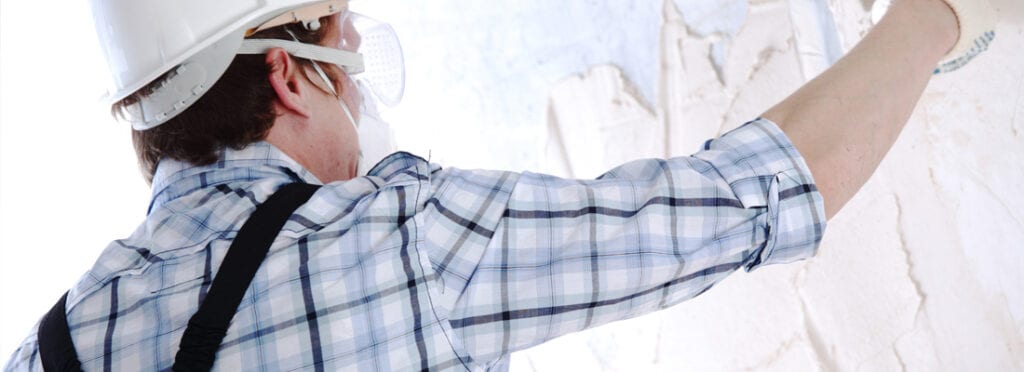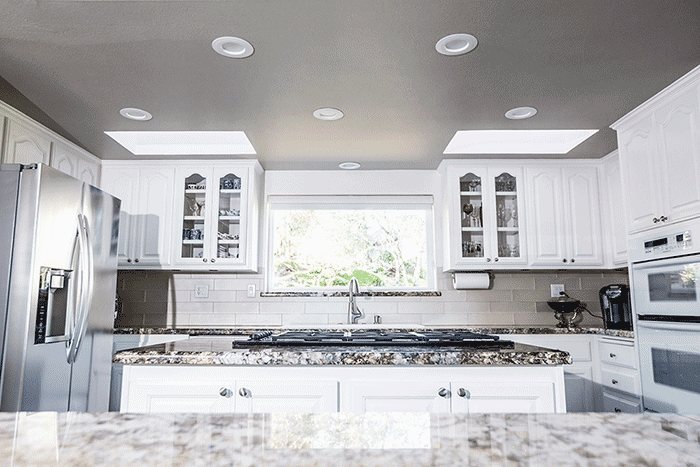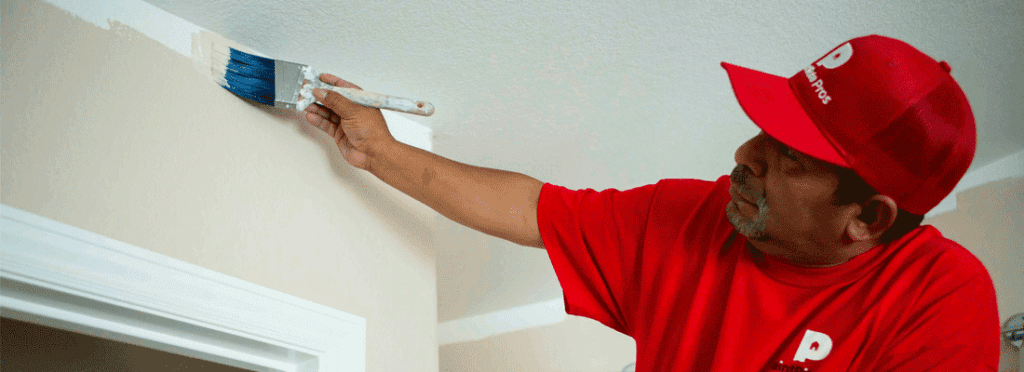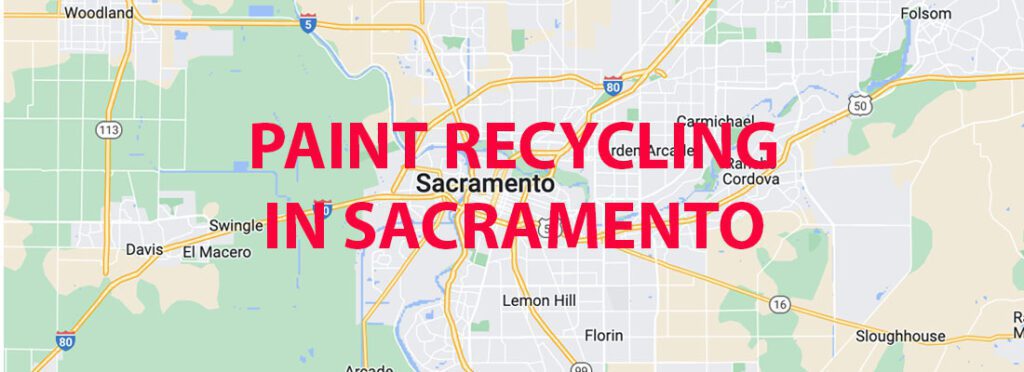
Even the most eco-friendly paints contain chemicals that shouldn’t be discarded into the trash without following the proper procedures. Paint recycling in Sacramento isn’t always an obvious process. This may be the reason so many homeowners have half-used cans of paint stashed in their garage. While we all agree that hoarding paint is better than tossing it out with the trash, it’s just collecting dust and taking up precious space. With that said, many people don’t understand that paint can be reused and recycled.
Best Paint Stores in Sacramento
The Best Places to Recycle and Dispose of Paint in Sacramento
There are certain Household Hazardous Wastes that you can’t just throw in the trash. In the case of paint, if you don’t want it collecting dust in your garage or attic, what do you do with it? We’ve compiled a list of the free Household Hazardous Waste drop-offs in the Sacramento area. Along with paint, they also accept gasoline, chemicals, pesticides, batteries, antifreeze, fluorescent CFL bulbs, and more.
Southeast Kiefer landfill’s Special Waste Facility
They accept oils, paints, batteries, antifreeze, and limited other wastes. This facility is operated by Sacramento County for residents and businesses alike. Residents can drop off common household hazardous waste free of charge although there may be a fee for other certain hazardous materials.
Location:
12701 Kiefer Boulevard and Grant Line Road
Sloughhouse, CA 95603
Hours:
Tuesday through Saturday 8:30 am to 4:00 pm
Closed Thanksgiving, Christmas, and New Year’s Day
North Area Recovery Station’s Household Hazardous Waste Facility
They accept a maximum waste limit of 15 gallons or 125 lbs per trip.
Location:
4450 Roseville Road
North Highlands, CA 95660
Hours:
Tuesday, Thursday, Friday and Saturday
8:30 am to 4:00 pm
Closed Thanksgiving, Christmas and New Year’s Day
Florin Perkins Public Disposal Site
This is the only third-party certified transfer facility in the Sacramento area. Florin Perkins is certified by the Recycling Certification Institute for C&D (construction and demolition) and the Sacramento Regional Solid Waste Authority.
Location:
4201 Florin Perkins Road
Sacramento, CA
Hours:
Weekdays from 6 am to 4:45 and Weekends 8 am to 3:45 pm
WM-Sacramento Recycling Center and Transfer Station
The Sacramento Recycling and Transfer Station is Sacramento County’s one-stop shop for your waste disposal needs. It provides safe, reliable, and environmentally friendly services to county residents and beyond.
Location:
8491 Fruitridge Road
Sacramento, California (Across from Depot Business Park)
Hours:
Monday-Saturday 8am – 5pm
How Much A Gallon of Paint Covers
Why It’s Important to Recycle Paint
Most people today use three main types of paints; water-based, oil-based, and latex. Certain paints contain chemicals that can be harmful to both your health and the environment. Paint made prior to 1971 may contain lead and paint made before 1991 may contain mercury. Paints with these chemicals need to be discarded carefully. Oil-based paints are also considered hazardous waste and need to be disposed of at the proper facility.
You can also dispose of water-based paints at a hazardous waste drop-off. It’s actually just fine to dispose of latex paint on your own. It’s suggested that you pour leftover latex paint into a box filled with kitty litter or shredded paper to soak up the contents which can then be easily thrown away with your trash. Empty paint cans can be easily recycled.
What Not to do When Recycling/Disposing of Paint in California
Most of this article will hopefully be helpful in letting you know simple ways to safely dispose of leftover paint. However, you should be aware of a few things you should NOT do with old paint. Do not pour it down the drain or simply throw it out with the garbage unless properly treated first. Air drying is not recommended either because of extreme fume build-up.
Paint Disposal Laws
The laws concerning paint disposal in California are simple. Paint is prohibited from disposal in landfills and must be recycled or otherwise safely disposed of. California residents and businesses can now even recycle leftover paint for free at some local retail stores such as Sherwin Williams.
California Paint Disposal Fee
In the past, the California disposal fee was $0.75 per gallon of paint. Larger than 1 gallon but no more than 5 gallons rose to $1.60. However, as of July 1, 2022, SB 158 eliminates the requirement to pay a disposal fee altogether.
California Paint Recycling Program
The PaintCare Recycling Made Easy System in California offers drop-off sites throughout the state where the public can take unwanted paint for recycling. These sites are available to households, government agencies, businesses, and any others with leftover paint. This program is funded by fees that are paid every time someone purchases paint in California, allowing you to drop off your old paint with no charge.
Paint Recycling in Sacramento Conclusion
If you live in California and have further questions when it comes to recycling your old or leftover paint, give PaintRite Pros a call. Our expert painters are a wealth of knowledge when it comes to painting and would be happy to answer all your questions.


